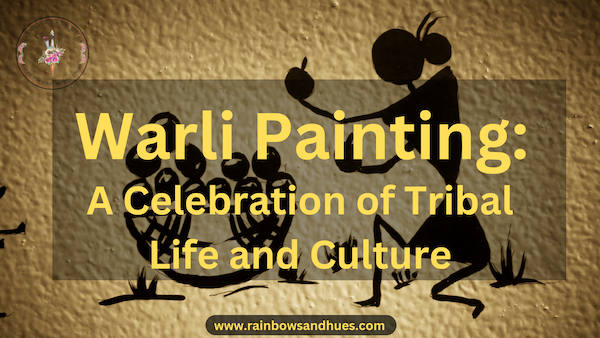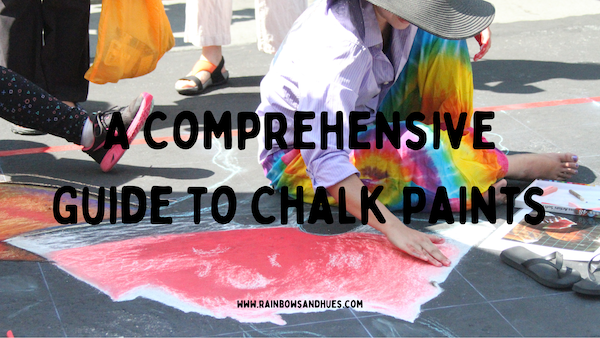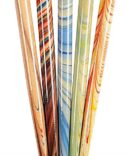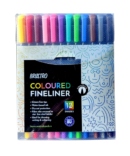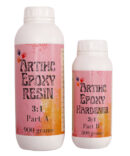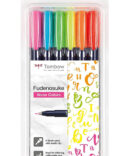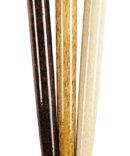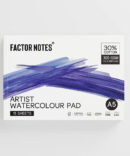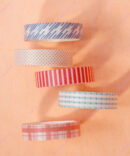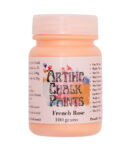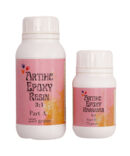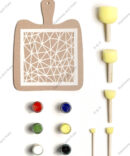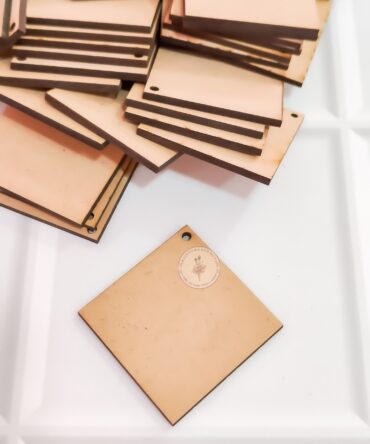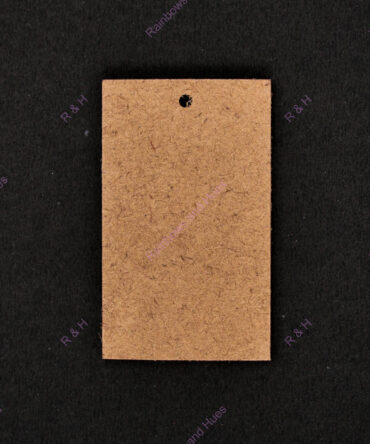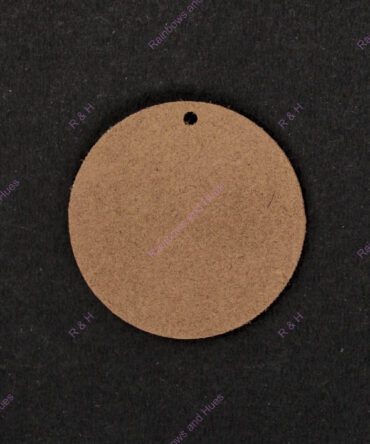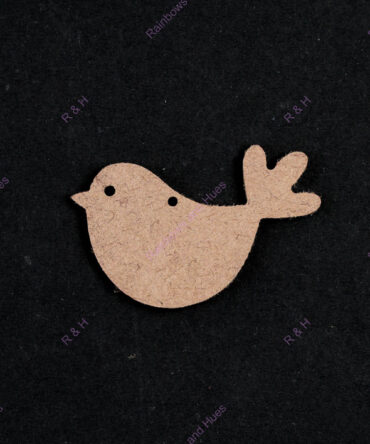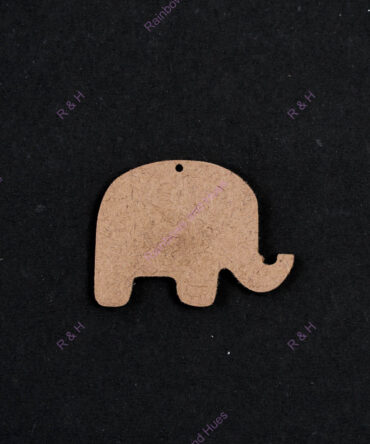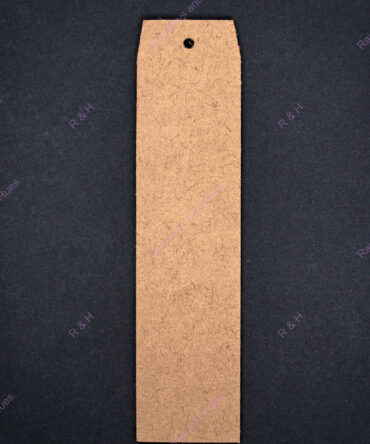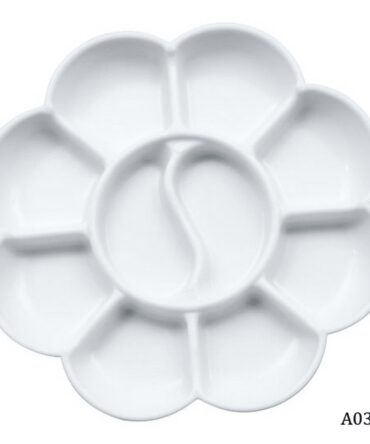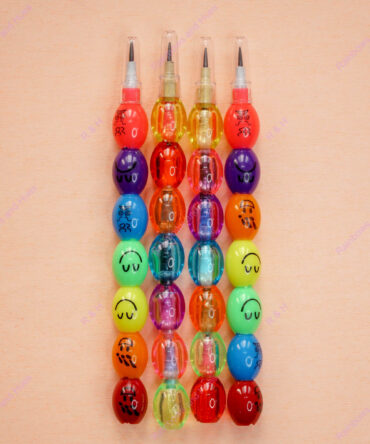Warli painting is a beautiful art form that originated in the tribal regions of Maharashtra, Gujarat, and surrounding areas in India. This art form is unique in its simplicity and minimalism, using basic shapes, lines, and colours to create intricate patterns and designs. Warli painting is not just an art form, but it is also a representation of the cultural and social practices of the Warli tribe, which is believed to have been practising this art form for over 2,000 years.
One of the earliest international recognitions for Warli art came in 1975 when the renowned Indian artist, Jivya Soma Mashe, was invited to showcase his work at the Musée National d’Art Moderne in Paris. Mashe’s Warli art, which he created using traditional materials and techniques, was appreciated by art enthusiasts and critics alike.
Also Read: Artist Profile: Amrita Sher-gil
Origin and History of Warli Painting
Warli painting has its roots in the ancient cave paintings of prehistoric times, which have been discovered in the regions of Maharashtra and Gujarat. The Warli tribe is believed to have migrated to these regions centuries ago and started practising this art form as a means of storytelling, communication, and decoration. The paintings depict the Warli tribe’s daily life and rituals, such as hunting, farming, fishing, and worshipping nature.
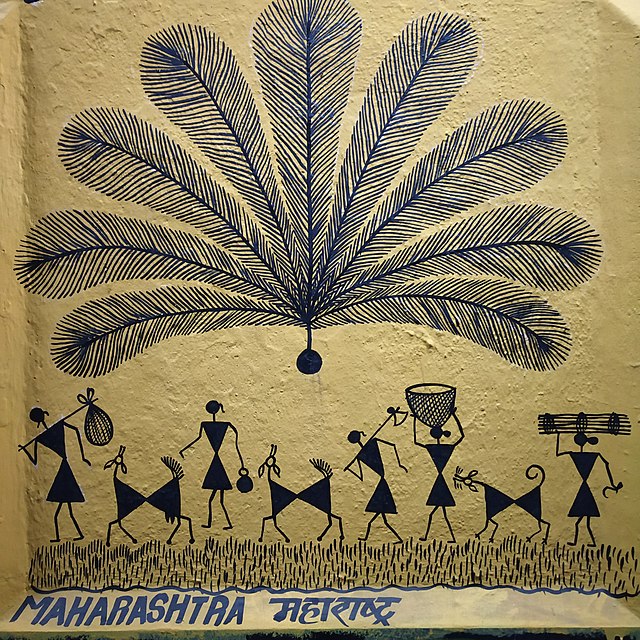
Traditionally, Warli paintings were made on the walls of the tribal homes using a mixture of rice paste and water. The paintings were created during special occasions such as weddings, harvest festivals, and other religious ceremonies. The art form was passed down from generation to generation through the oral tradition, and the women of the tribe were responsible for creating these beautiful paintings.
Also Read: Influence of Women on Artists
In 1984, Warli artist Lahu Kisan Mashe won the National Award for his Warli painting, “Ganesh Puja,” at the Lalit Kala Akademi in New Delhi. This award was a significant milestone for the Warli art form, as it recognized its cultural and artistic value at the national level.
Types of Warli Paintings
Warli paintings are simple, yet intricate, works of art that feature geometric patterns and shapes. They are created using a combination of white paint on a red ochre background, and the artwork depicts scenes from everyday life, such as farming, hunting, and dancing. Some of the most popular types of Warli paintings include:
- Marriage scenes
- Harvest scenes
- Festival scenes
- Dancing scenes
- Animal and bird depictions
Each of these types of paintings has a unique story to tell, and they provide an insight into the life and culture of the Warli tribe.
Also Read: Artist Profile: Jamini Roy
Specifics Of the Art Form
Warli paintings are characterized by their simple geometric shapes and lines, which are often in a repetitive pattern. The paintings usually depict scenes from daily life, nature, and religious rituals. The colours used in Warli paintings are mainly white and brown, with occasional splashes of red and yellow. The white colour is made from rice paste, and the brown colour is made from a mixture of mud and cow dung.
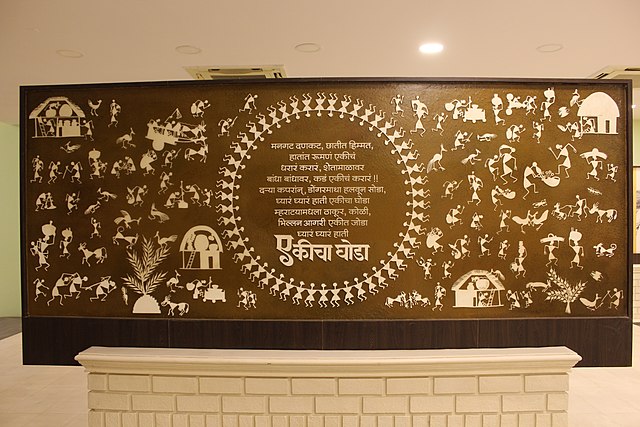
The human figures in Warli paintings are depicted in a stylized form, with the head represented by a circle, the body by a triangle, and the limbs by simple lines. The animals and trees are also represented in a similar stylized form.
Also Read: Understanding Art Papers – 1
Fame & Recognition
Today, Warli painting has become a popular art form, not just in India but also around the world. The paintings are now created using acrylics on canvas, paper, and other surfaces. The art form has also expanded to include a range of products such as apparel, home decor, and accessories. The art form has become a symbol of tribal culture and a celebration of the simple joys of life.
In 2004, Warli artist Jivya Soma Mashe was honoured with the Padma Shri, one of India’s highest civilian awards, for his contribution to the field of art. Mashe’s unique style of Warli art, which was inspired by his experiences and observations of life in his village, has inspired several artists and art enthusiasts around the world.
In 2011, the Warli art form was recognized as an intangible cultural heritage of India by UNESCO. This recognition was a significant achievement for the Warli community, as it highlighted the cultural and historical significance of the art form and helped to preserve and promote it for future generations.
Also Read: The Folk Art Of Nathdwara – Pichhwai
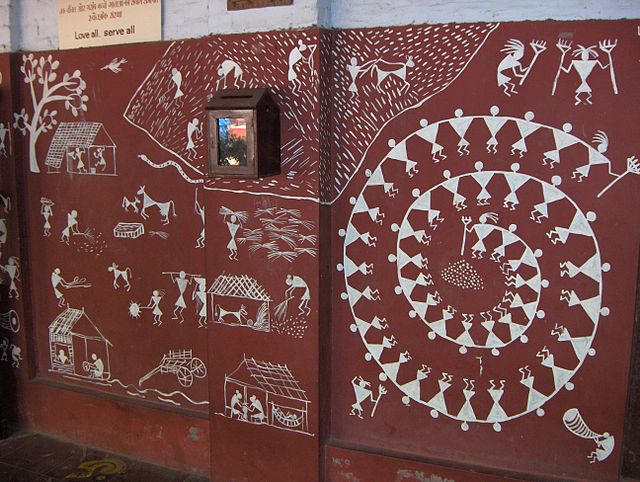
Conclusion
Warli painting is an art form that celebrates the simple joys of life and the beauty of nature. It represents the cultural and social practices of the Warli tribe, which has been practising this art form for over 2,000 years. Today, Warli painting has become a popular art form and a symbol of tribal culture. The simple geometric shapes, lines, and colours used in Warli paintings create intricate patterns and designs that are a feast for the eyes. The Indian government and UNESCO have taken initiatives to preserve and promote this beautiful art form, ensuring that it continues to thrive for many years to come.
***
Hop over to our website www.rainbowsandhues.com to buy premium quality paintbrushes and colors! Follow @rainbowsandhues on Instagram to get regular information on new products and deals!

